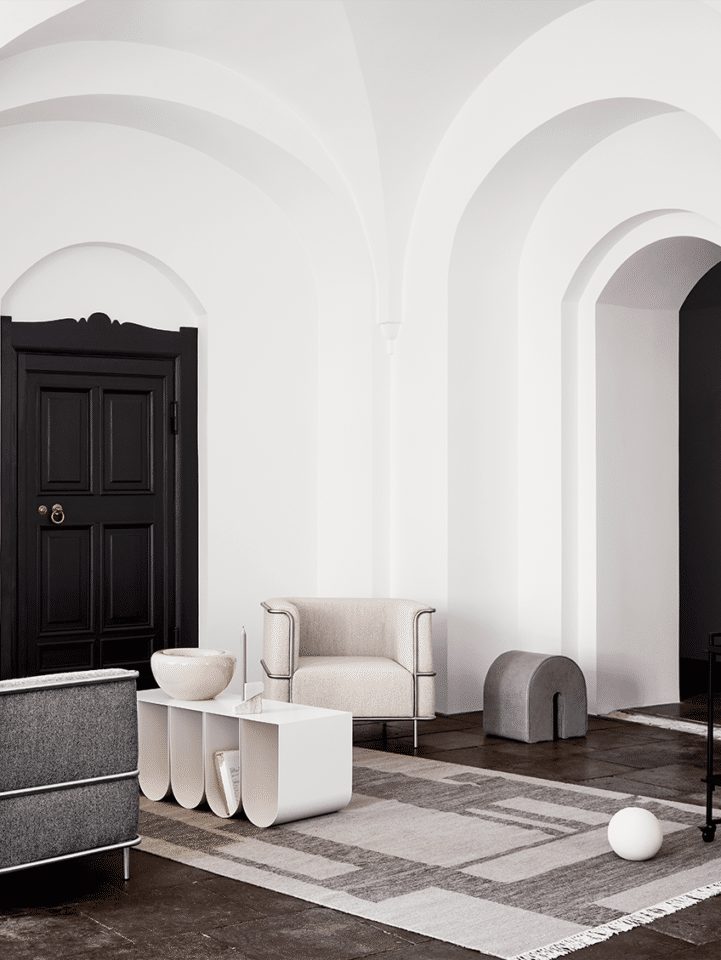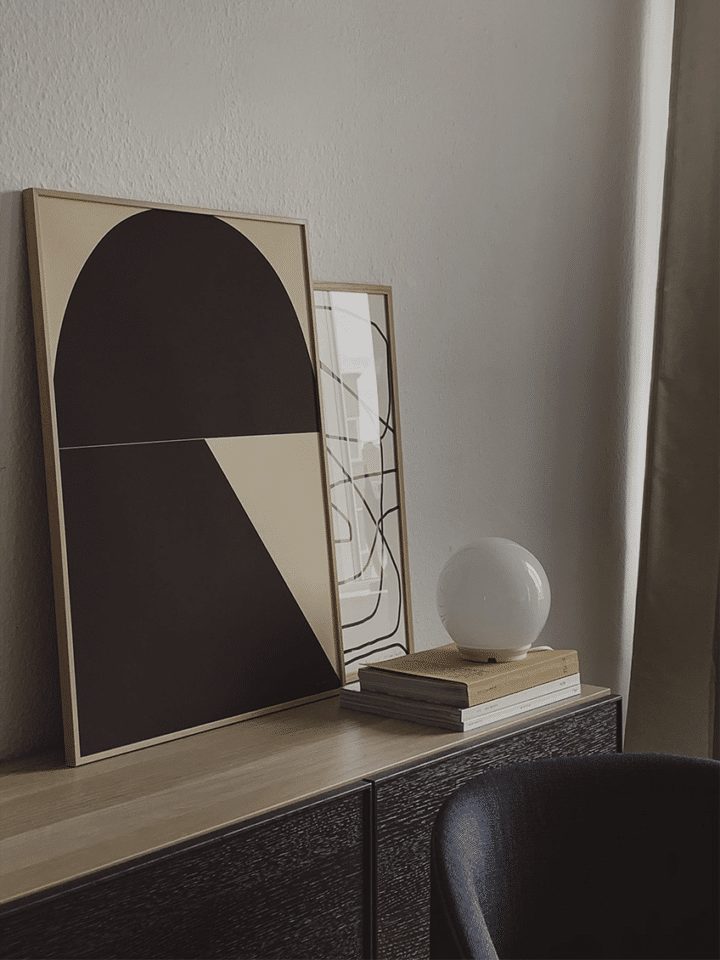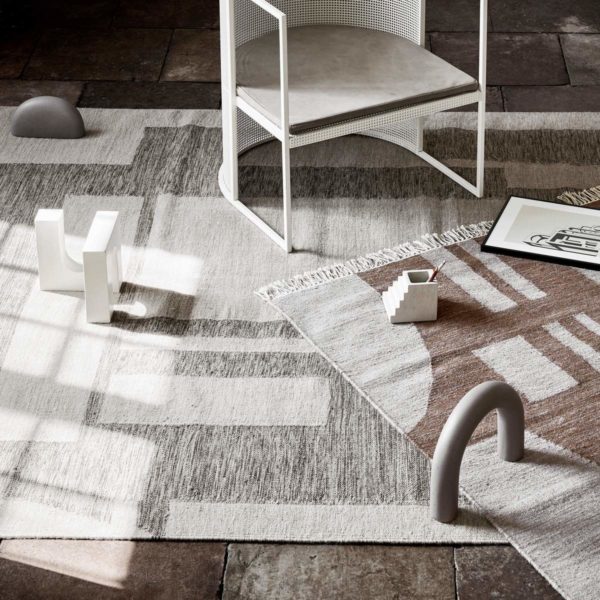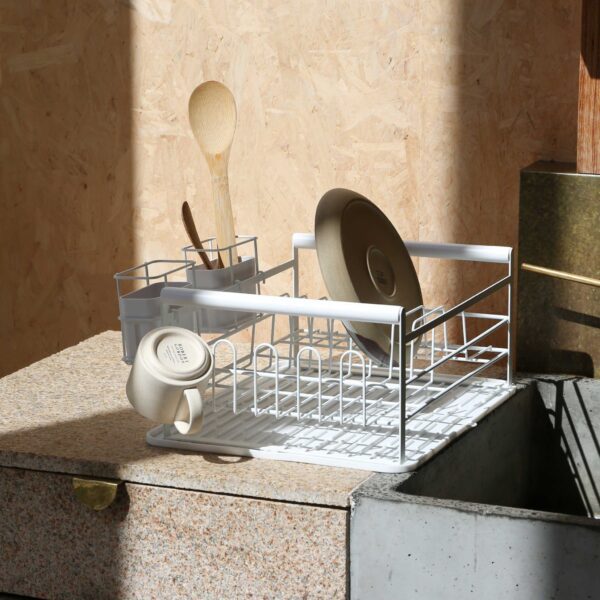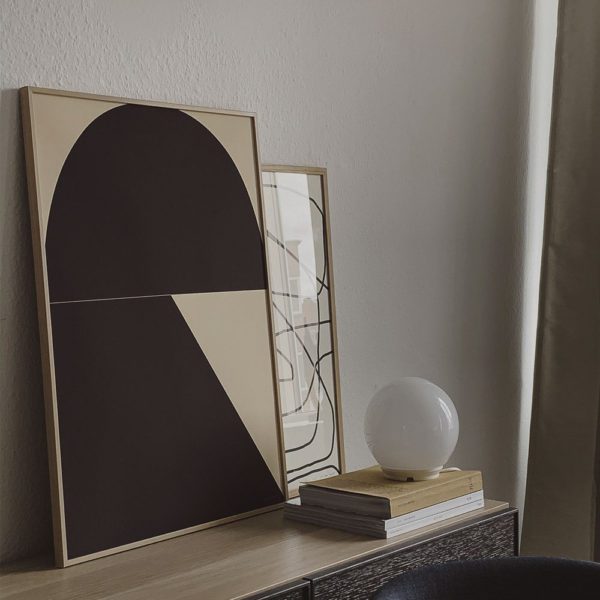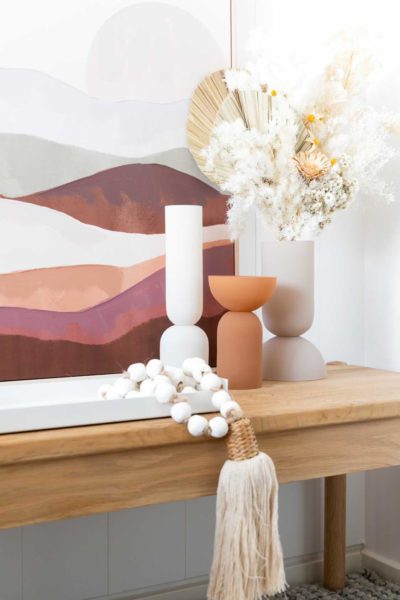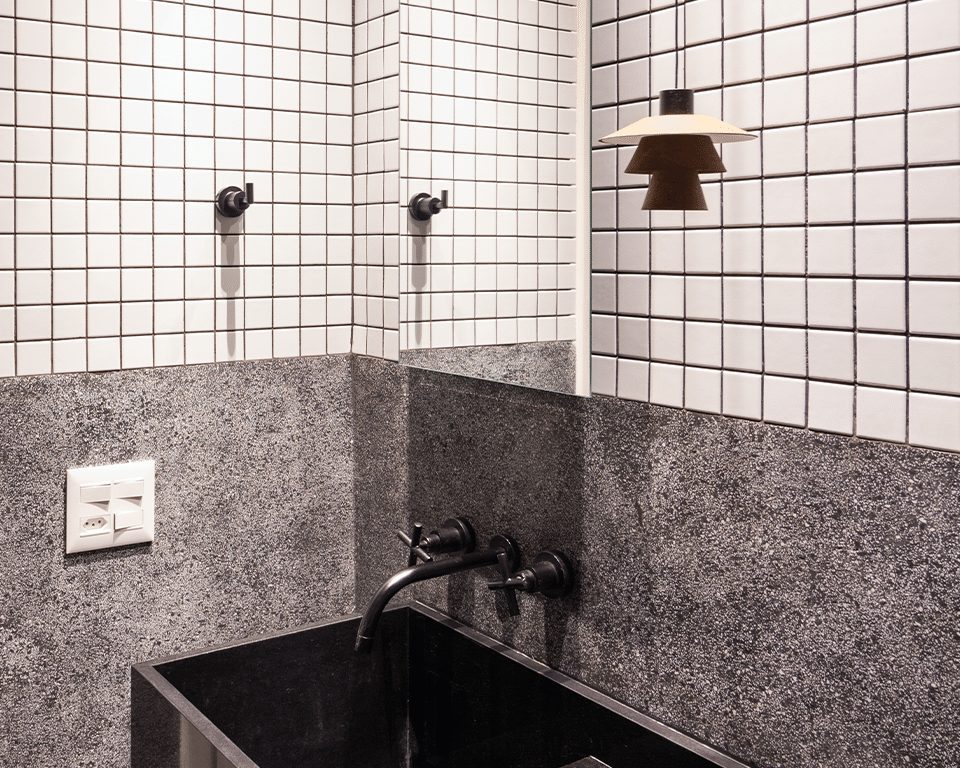
The world of interiors and architecture seem to have a vocabulary all to their own. This series aims to help explain certain terms, allowing you to construct your own design cheat sheet.
Welcome back to our ongoing A-Z of definitions series. We’re guiding you through a bunch of design words you may hear in the world of interiors, but not quite understand. We’re not throwing out dictionary definitions here – this ain’t no lecture. We’re keeping it chill and light-hearted, and we’re moving on to the letter G.
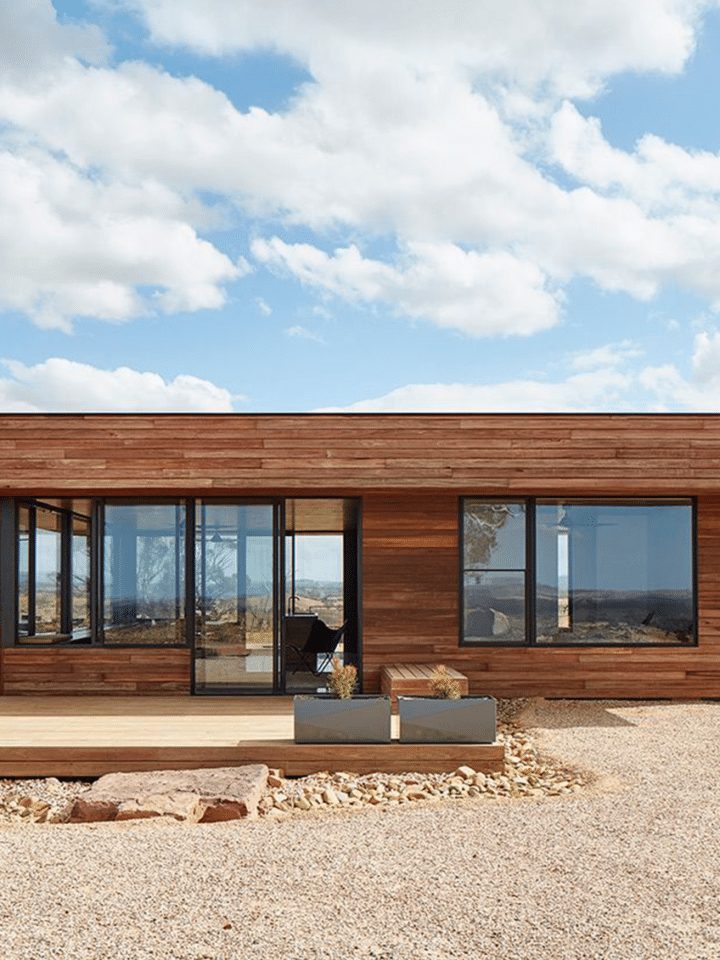
Elemental House by Ben Callery Architects 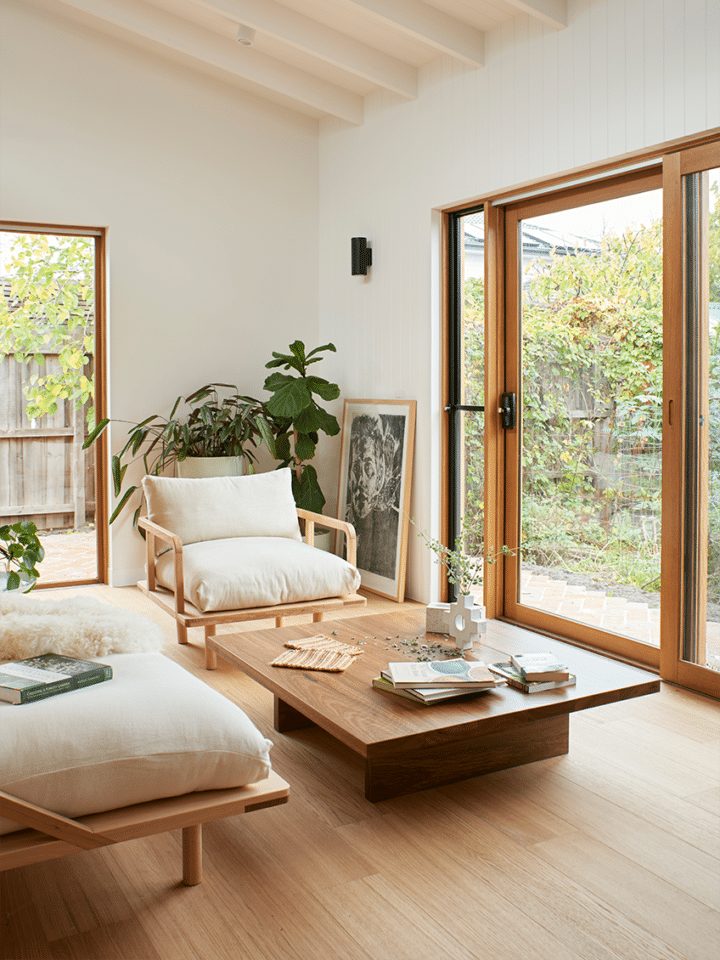
Preston Retreat by Drawing Room Architecture
Green Design
Referring to the long-term sustainability of the Earth’s natural environment, green design is an important and necessary movement in the world of architecture and interiors. With the growing awareness of man-induced climate change, the way in which we live, including the spaces we inhabit, have been placed under the microscope to be analysed and improved upon.
Sustainability in architecture and building has really developed in leaps and bounds. Through new technologies, careful consideration throughout the design process, efficient use of resources, and taking a responsible approach to sourcing materials, it’s possible for many homes to function off the grid, and still allow for a modern contemporary lifestyle.
Product design has also begun to take a green approach, as has styling. The importance of buying once, buying forever, is paramount to achieving true sustainability. And when the purchase of something new is required, selecting products that reuse and recycle materials in their product range is the next best thing.
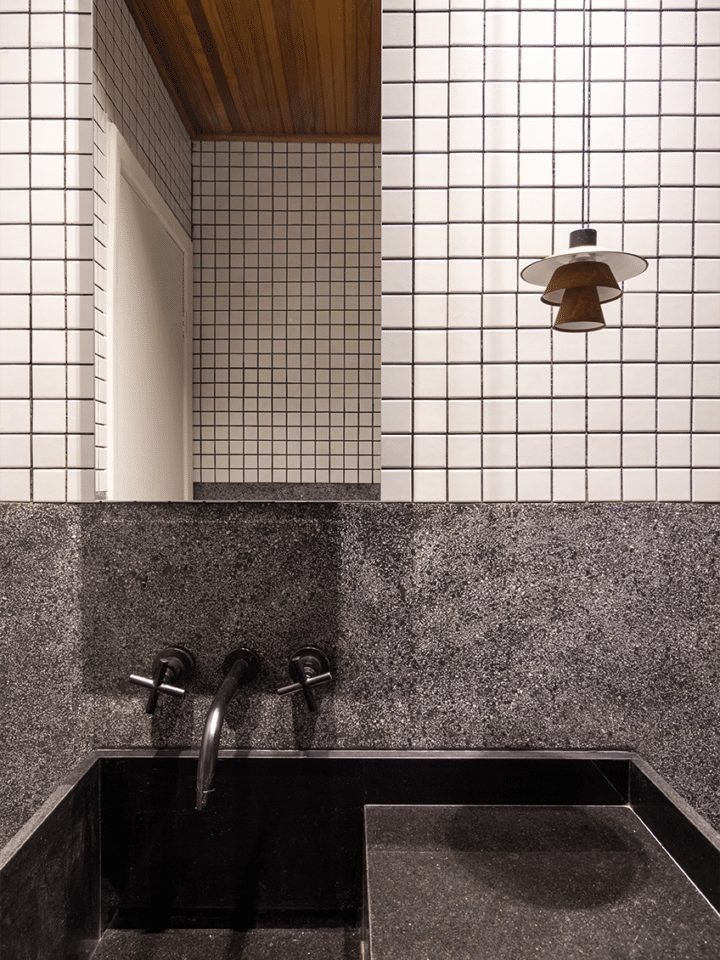
Apartmento Promenade by Pedro Haruf Architecture 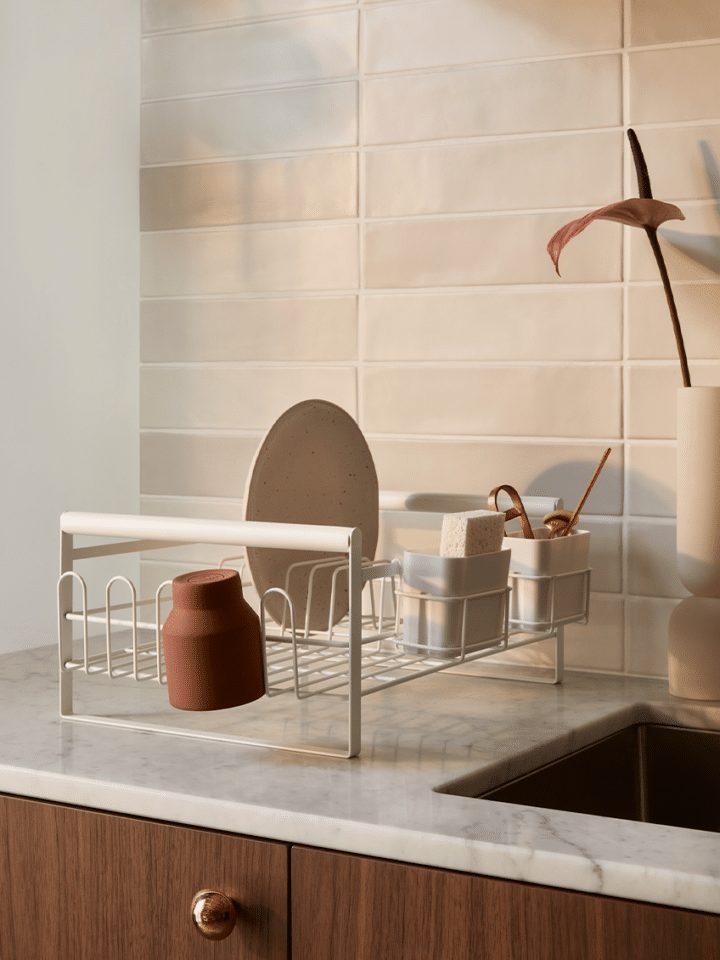
Grout
What do you get when you pop water, cement, and sand into a bucket and mix it all together? Grout. The hero of showers and bathrooms, it’s that wonderful stuff that sits between tiles, filling in the gaps, and making everything look neat and tidy. Truly magic.
There are all different kinds of grout. You’ve got the classic tile variety, which you’re probably most familiar with, but there’s also structural grout, flooring grout, resin grout, and thixotropic grout (thank you Wikipedia), each with their own purposes and strengths.
Grout has the upper-edge on other structural pastes, such as plaster or joint compound, as when it’s mixed and applied correctly, it forms a water resistant seal. It can also be tinted, which allows for all kinds of creative and fun solutions to match or contrast against existing colour schemes.
Geometric
Geometric design in interior settings is all about shape. Shape, shape, and more shape. From sharp and angular, like triangles, squares, and hexagons, to curvy and arched, such as circles, ovals, and crescents, geometric forms are plentiful and surround us everyday.
It’s important to understand that geometric shapes have a man-made background, unlike organic forms, which have a more natural appearance. This consequently causes patterns consisting of geometric figures to have a structured and balanced configuration.
Before diving head-first into geometric print, patterns, and shapes, consider starting small, and building from there. Consider introducing shape through a simple framed poster, a bold pair of cushions, or a patterned floor rug. From there, find matching shapes to create a consistent and harmonious look.

